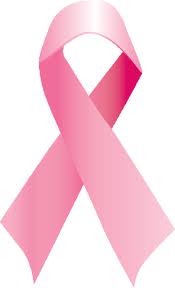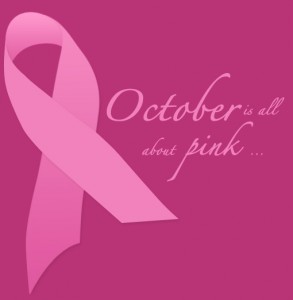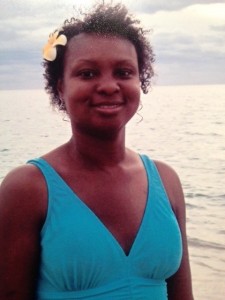This week, Dr. James Craigie of The Center for Natural Breast Reconstruction answers your questions.
 Q: I had a mastectomy on my left breast with the tram–which partially failed–then Latisimis Dorsi surgery. I now have breast cancer in my right breast. What is the likelihood of decent symmetry and matching both breast shapes during this procedure?
Q: I had a mastectomy on my left breast with the tram–which partially failed–then Latisimis Dorsi surgery. I now have breast cancer in my right breast. What is the likelihood of decent symmetry and matching both breast shapes during this procedure?
A: I’m sorry to hear about your new diagnosis. In our practice, we have treated quite a few people referred to us with similar situations. We do not perform tram reconstruction but instead use the skin and fat of the lower tummy without taking the tummy muscle. If we have a patient that later develops a second breast cancer we would use skin and fat from either the upper buttock or the back of the upper thigh below the buttock. This can create a very good match for the tummy fat or a tram reconstruction. I would be glad to give you a more detailed answer with more specific information about your situation, let me know. I do think you most likely have good options without needing to give up any other important muscles. For more specific answers I will need to have my staff contact you for more details about your medical history.
Dr. James Craigie
Center for Natural Breast Reconstruction
Have a question about breast reconstruction or post-surgical care you’d like answered from our surgical team? Just ask us!















